10 April 1778 Friday
Vases, Candelabra, Grave Stones, Sarcophagi. Tripods, Lamps and Ancient Ornaments volume II
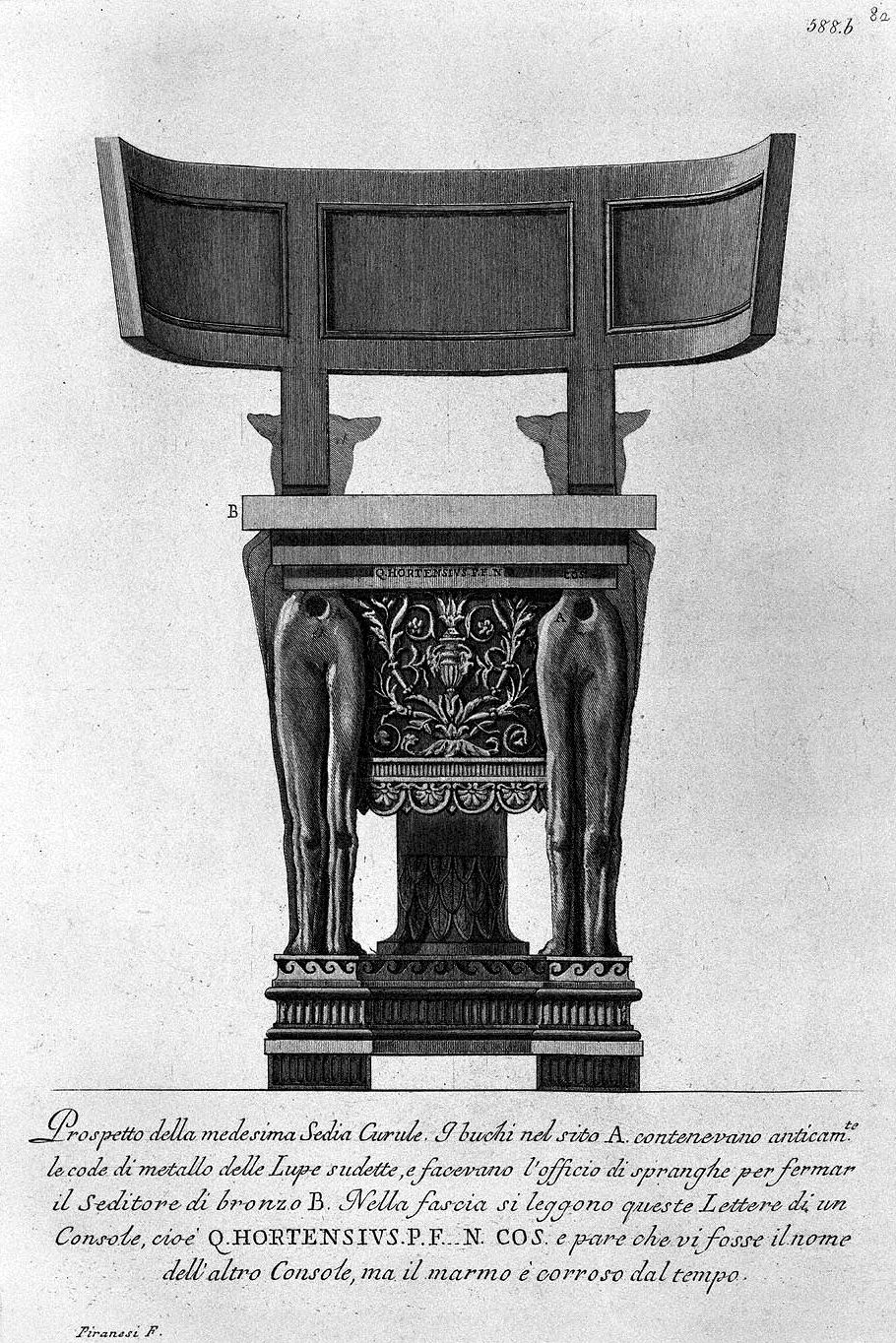
View of the same Curule Chair. The holes in site A formerly contained the metal tails of the aforementioned she-wolves, and served as bars to secure the bronze Sector B. On the band are these Letters of a Consul, i.e. Q. HORTENSIVS. P. F... N. COS. and it seems that there was the name of the other Consul, but the marble is corroded by time.
Piranesi F.
26-27 y.o. Francesco Piranesi 1785
Monumenti degli Scipioni
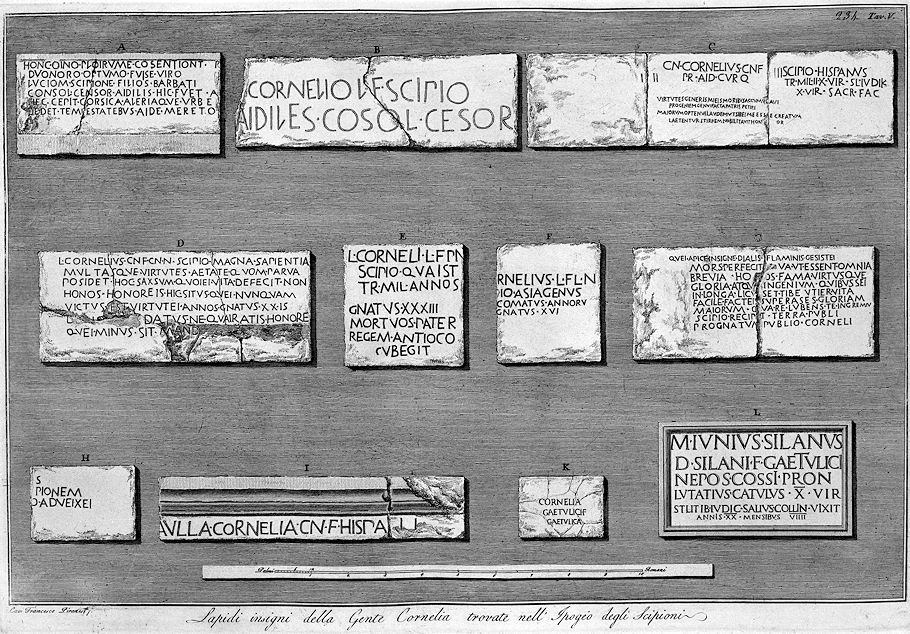
Notable tombstones of the Cornelia people found in the Hypogéo degli Scipioni
Cav. Francesco Piranesi f.
10 April 1812 Friday
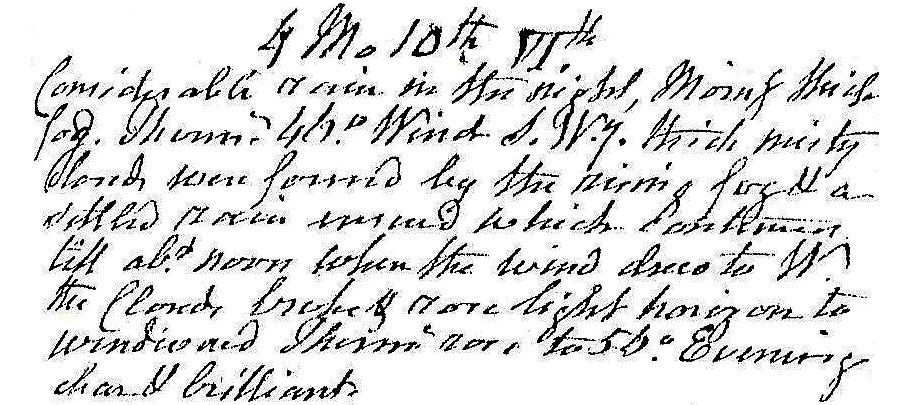
Considerable rain in the night. Morning thick fog. Therm. 46°. Wind SWerly. Thick misty clouds were formed by the rising fog and a settled rain ensued which continued till about noon when the wind drew to W. The clouds broke and rose light horizon to windward. Therm. rose to 56°. Evening clear and brilliant.
10 April 1998
Tacitus Catalogo references
Annals Book I:
Busto di Casare Augusto
Annals Book II:
Orti di Guil. Cesare lasciati al popolo romano
Orti di Luciliani
Septi Guili
Tempio della Fortuna forte nella Regione Trasteverina
Tempio di Giano presso il foro Olitorio
Annals Book III:
Nemus, o d'Agrippa collo stagno
Porto presso il Mausoleo d'Augusto
Statua di Pompeo Magno nella Curia Pompejana
Via Flaminia
Annals Book V:
Portichi Neroniani nei colli degli orti
Teatro di Pompeo
Annals Book XIII:
Taverne
Annals Book XIV:
Circo Apollinare di Cajo e Nerone
Ginnassio di Nerone
Naumachia di Nerone
Orti d'Agrippina
Valle Vaticana
Annals Book XV:
Oliarie, o magazzini d'olio
Orti Neroniani
Portichi fatti per l'amenita
Stagno d'Agrippa
Annals Book XVI:
Sepolcro di Guilio Cesare
Histories Book I:
Orti di Argiani
Statua di Guilio Cesare
Histories Book III:
Colli degli Orti
Orti Salustiai
Portico Vispanio
Via Salaria
Campo Marzio - compiling old material
... ...a title for the book - Drawing, Redrawing, Search, Research - and archeology of the imagination. ...
10 April 2001
Re: militarism and freedom...
Utilizing (in this instance) a metabolic imagination, I am free to opine destructively as well. I, like all humans, have a series of operations going on within my body (which includes my mind).
If one equates or exchanges Imperialism for Capitalism, then US business/foreign policy does indeed act aggressively well beyond its own borders. If one agrees with Schumpeter (sp?) that Capitalism is 'creative destruction', then it is likewise easy to see how (any) militarism is closely related to capitalism.
In my (chronosomatic) opinion, the United States of America is our planets consummate Assimilating-Metabolic State. It absorbs, it creates, and it destroys, and it does all this in tandem more than anyplace else. The era of unrestricted expansion is now over, however. And a (re)new(d) structural duality is now beginning (East-West in simple global terms). (Again in my opinion) two centuries hence, the operation of assimilation on a large scale will diminish, while metabolism will then be the predominate modus operandi, keeping in mind the structural duality is steadily growing and strengthening as well.
Is the People's Republic of China also an Assimilating-Metabolic State? I venture the answer is probably yes, and likely more so than the West realizes.
10 April 2003
Re: AFTER GREENBERG
I read Part I of Design and Crime, and now I'm reading At the End of an Age. Lukacs' focus on the last 500 years coincides with the chronosomatic study of the corporal cross-section comprising the area of peripheral skeletal hiatus between the crest of the hip bones and the lowest tips of the rib cage--the area of the human body where unrestricted expansion occurs most. Chronosomatics agrees with Lukacs that that 'era' is now past (given that circa 2000 AD coincides with the lowest tips of the rib cage, and, conversely, 1543 coincides with the navel, which, in turn coincides with the crest of the hip bones). I'm going to finish At the End of an Age specifically to see how Lukacs' explanation of what 'just' happened compares with the chronosomatic explanation of what 'just' happened, namely that there was unrestricted expansion particularly of European culture/civilization/thinking, and that gross assimilation occurred in the process, that a distinct operational duality--the metabolic--began to be present, and that longer ranging structure was overall always independently in the background.
While reading chapter one, "At The End of An Age," I often wondered if Lukacs is ever going to explain what ended 500 years ago when the 'Modern Age' began. Lukacs may indeed address this issue someplace in the rest of the book. According to chronosomatics, what ended 500 years ago was humanity's long history as planetary nomad, which corresponds to the bones of ambulation that became the past when the plane of the present transcended the crest of the hip bones, while what began was humanity as planetary (and briefly ex-planetary) navigator.
10 April 2004
Re: iconodules
It seems fair to refer to Wren's London parish church designs (1670s to 1680s) as the paradigm for subsequent 'American' Protestant Churches. St. Paul's (Anglican) Cathedral, Wren's most prominent/iconic London church, however, reenacts St. Peter's (Roman Catholic) Basilica at Rome. And then, St. Paul's Cathedral is subsequently reenacted by the U.S. Capitol.
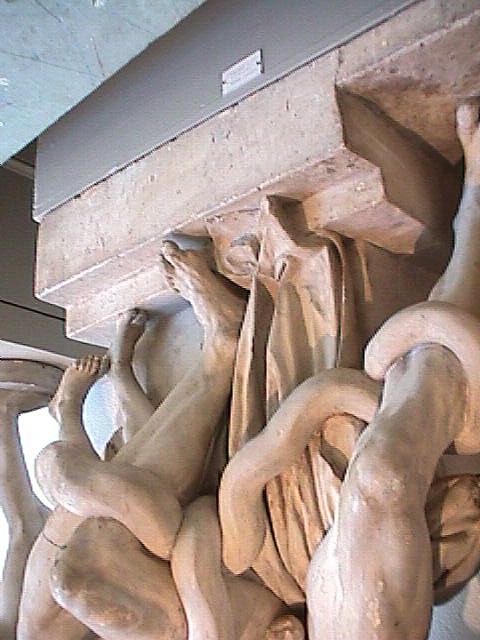 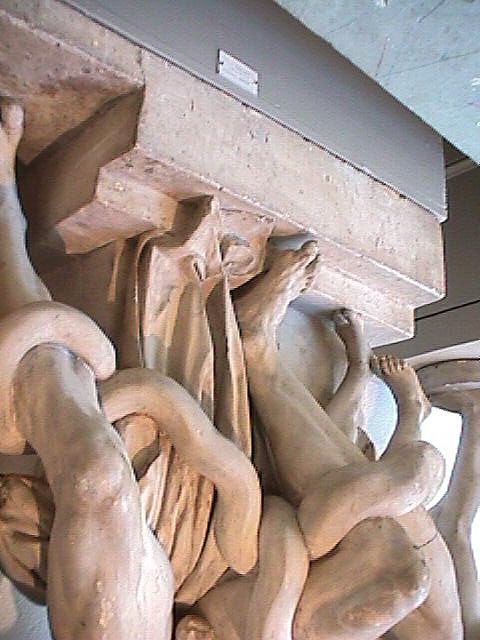 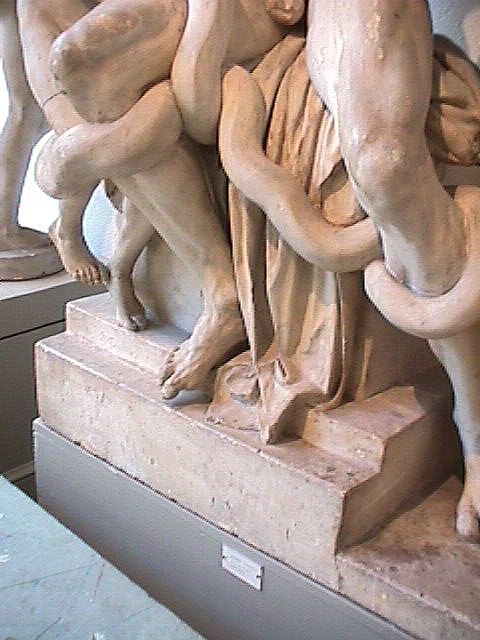 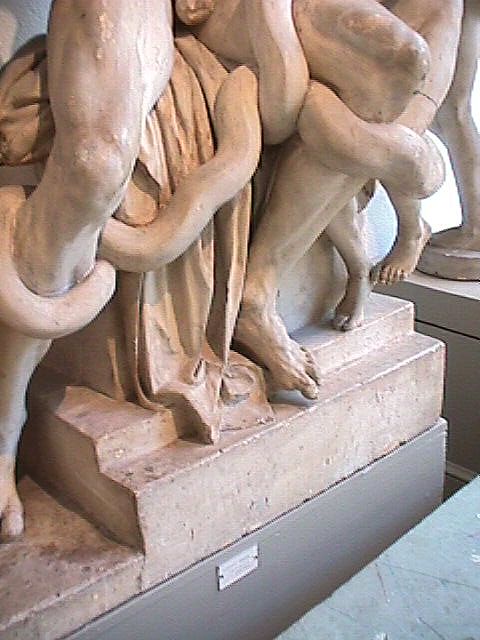
Virtual Museum 243
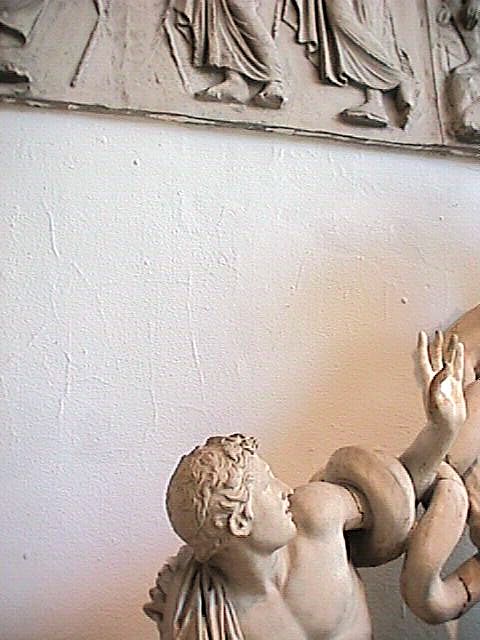 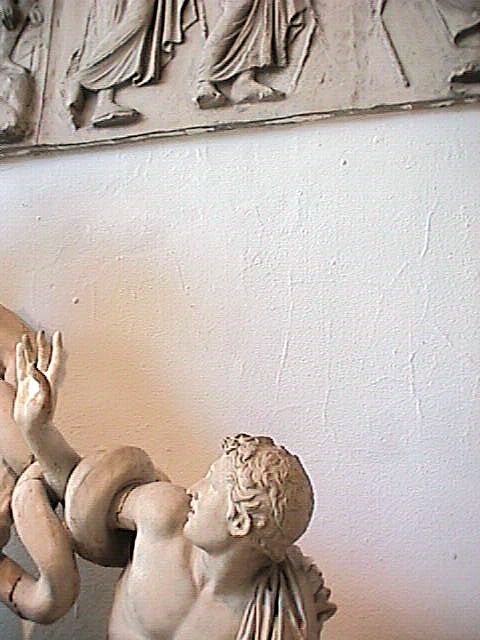 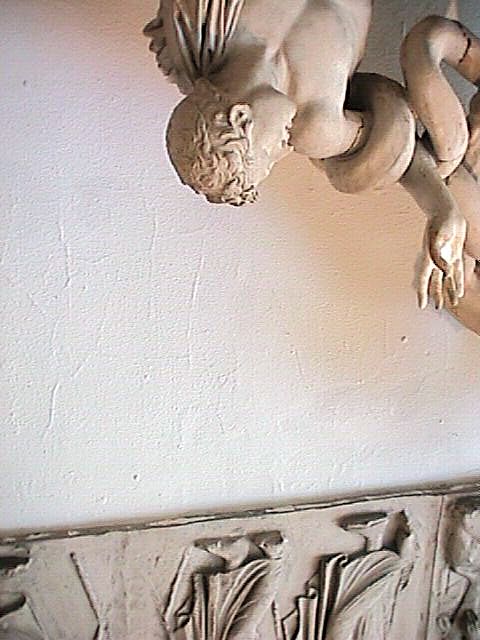 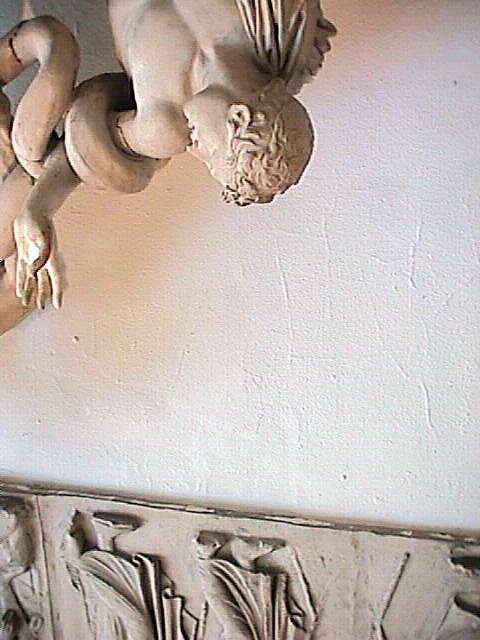
Virtual Museum 245
10 April 2018
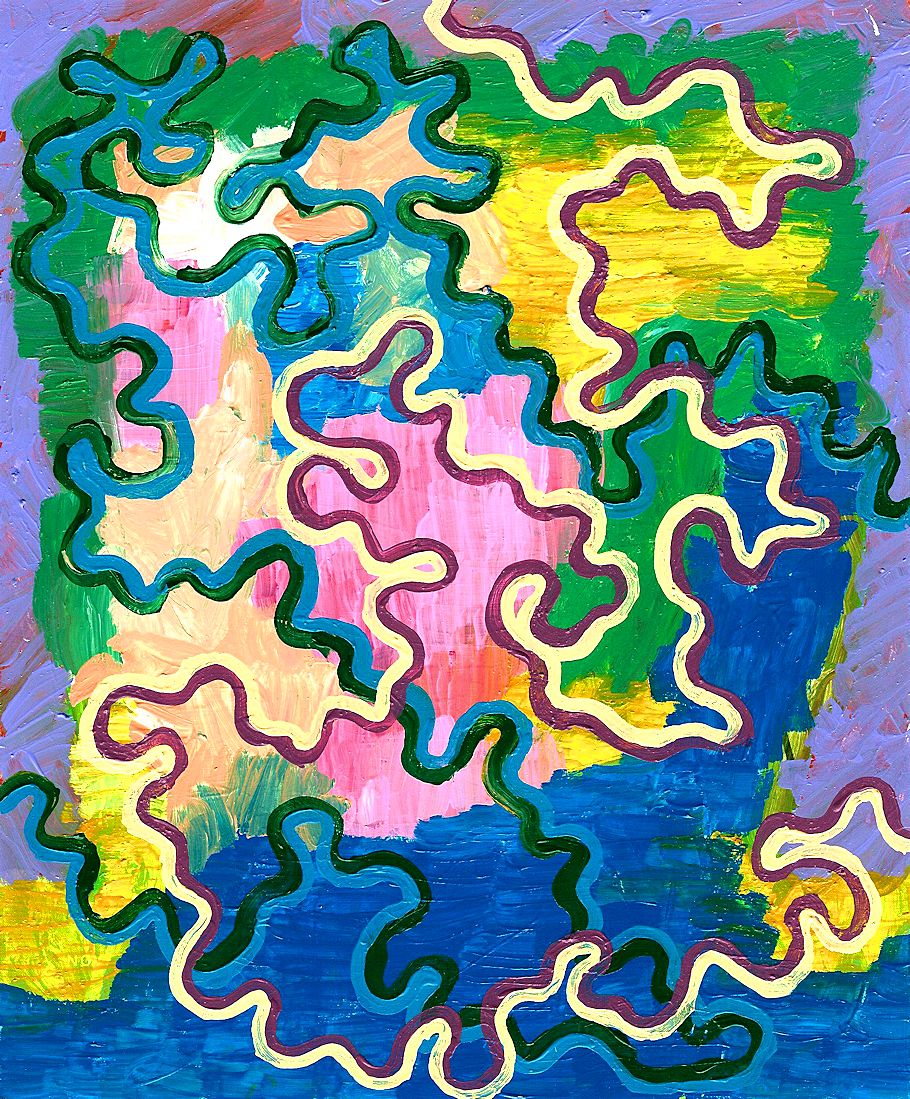
zero nine six
10 April 2022
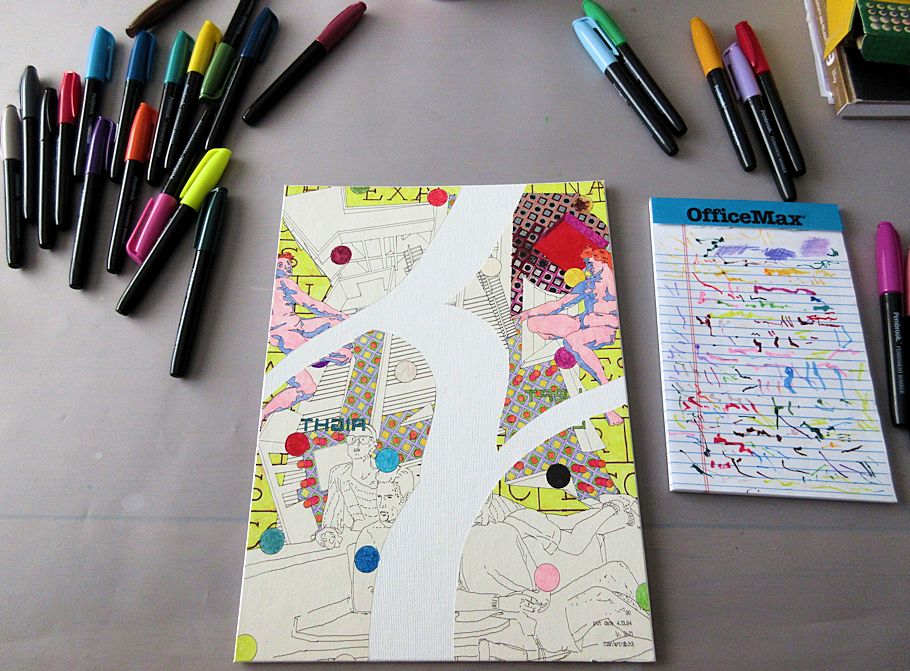
10 April 2023 Monday
. . . . . .
|